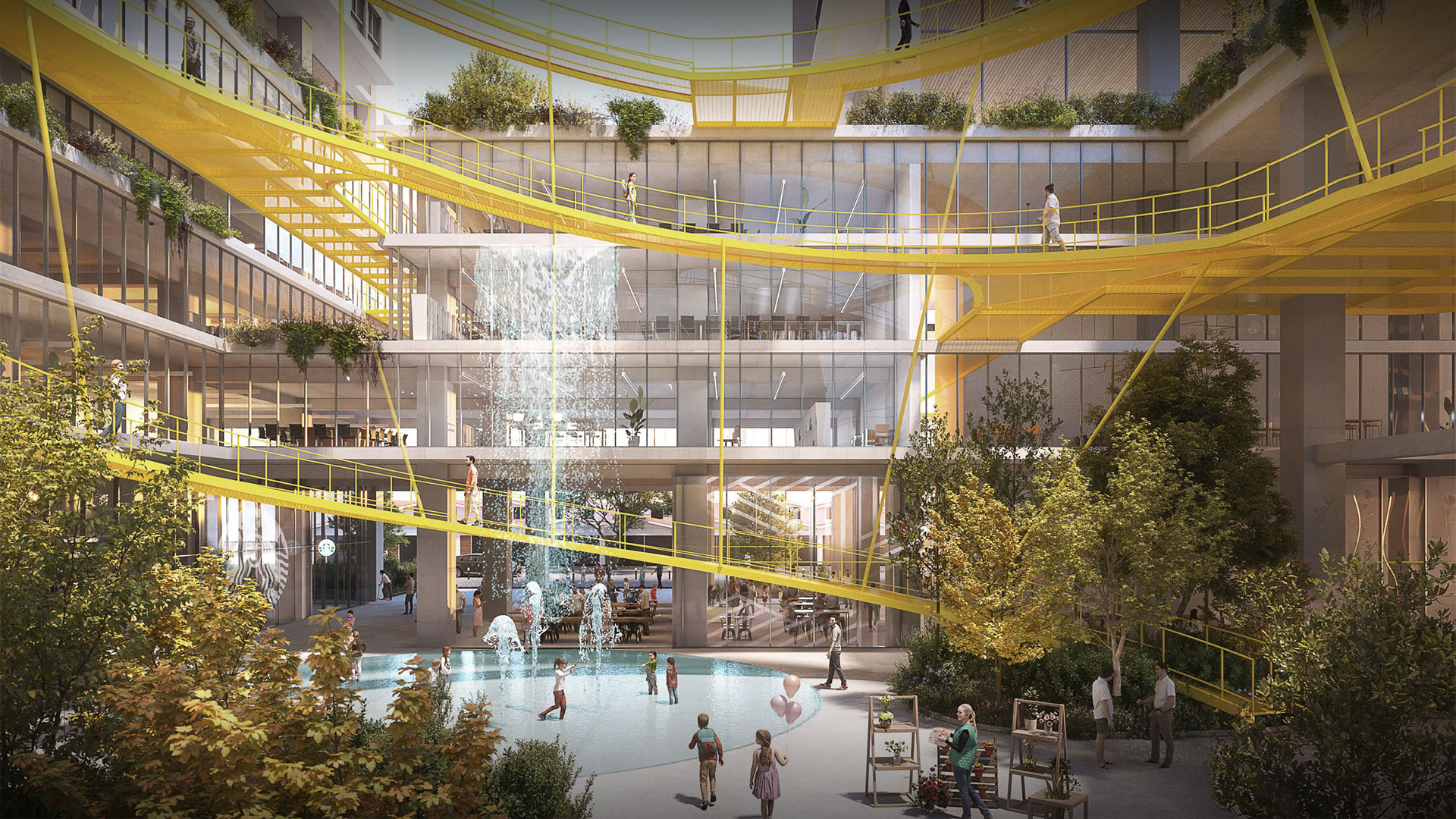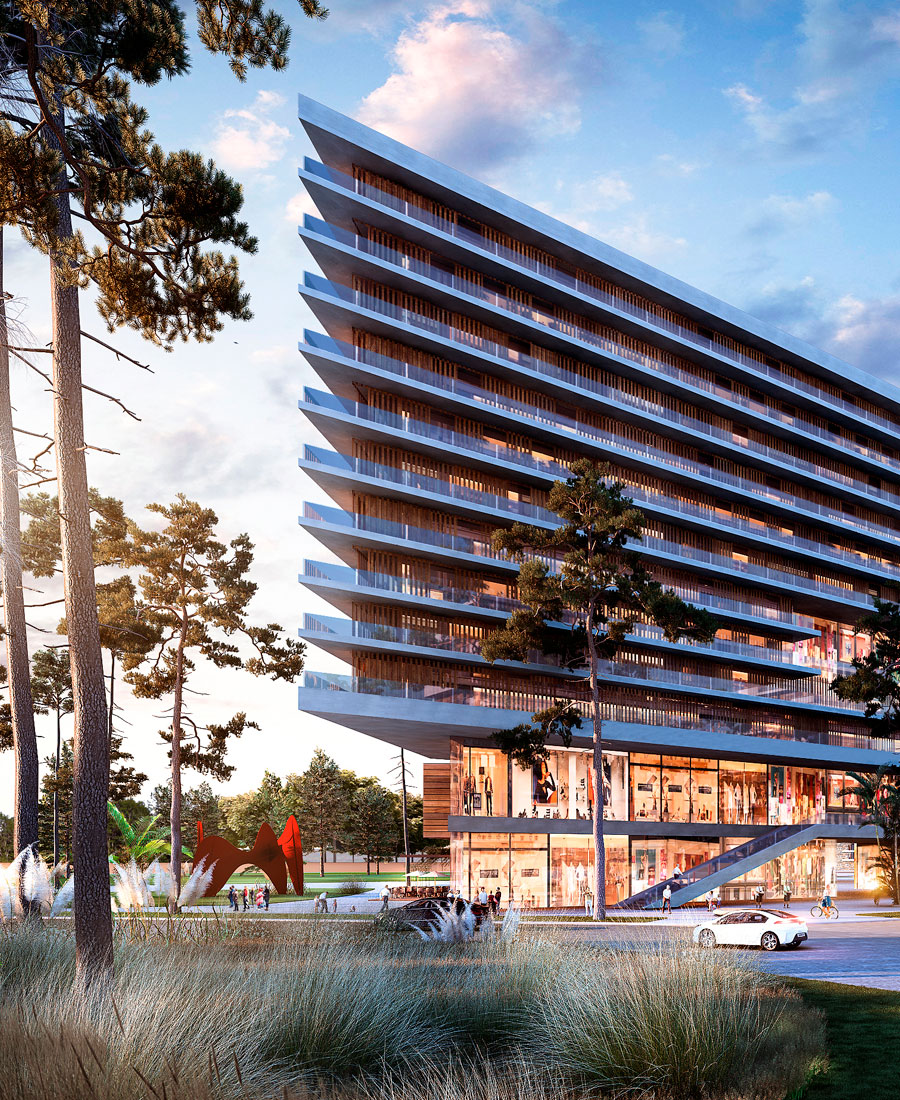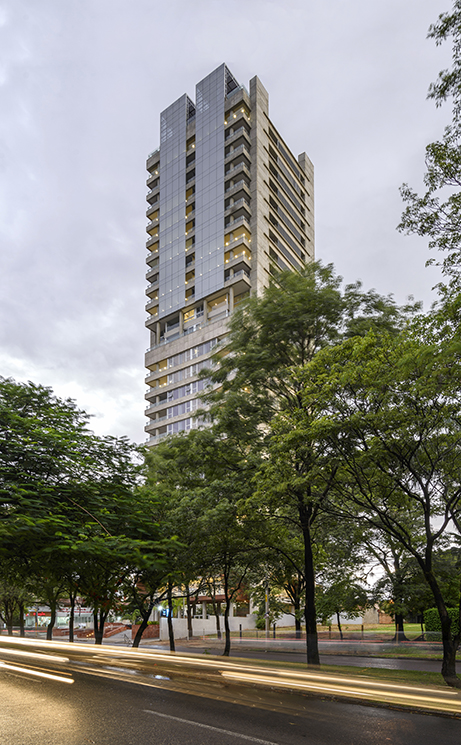

Reading time: 6 minutes
Publication date: 15/04/2025
In the era of “precision urbanism”, public space is reaffirmed as the foundational social infrastructure for a healthy, resilient, and cohesive urban life.
Streets, plazas, parks, and temporary structures not only configure the urban fabric—they also sustain the city’s collective spirit. Because in the end, the city is a choreography of human encounters.
Public spaces have historically been the social heart of cities. In the 20th century, the rise of the automobile and suburban expansion pushed them to the margins globally. Today, many of these spaces are either transforming or losing relevance due to globalization, consumerism, and new ways of inhabiting the urban environment. Still, plazas, streets, sidewalks, and other urban spaces remain fundamental for building community, fostering resilient cities, and strengthening the collective sense, as public spaces belong to us only insofar as we inhabit them.
Public space, as social infrastructure, enables us to recognize its role in generating bonds, encounters, and collective dynamics.
This vision of public space as social infrastructure highlights its value beyond the built environment, underscoring its role in urban public life and its impact on how we relate to one another and to the shared environment.
Even so, public space remains that place of encounter where we talk, share, debate, or simply exist. A space for sociability and meaning-making, where—beyond the everyday—we seek to feel part of something larger.
Data shows that successful cities continue to invest in the commons.
According to UN-Habitat (Global Public Space Toolkit, 2015), cities that allocate around 50% of their surface area to public space—streets, sidewalks, plazas, and parks—tend to be more functional, sustainable, and cohesive. In cities like Manhattan, Brussels, and Barcelona, between 30% and 35% of urban land is devoted to roadways, and between 10% and 15% to complementary public uses.
Public Space as a Foundation of the Commons
In contemporary planning, public space is conceived as a form of social infrastructure: a material network that sustains community life. This perspective highlights its value beyond the physical, emphasizing its role in urban public life and its impact on how we relate to each other and to the environment we share.
Sociologist Eric Klinenberg (2002, 2018) popularized the concept after analyzing the effects of a heatwave in Chicago. His study showed that neighborhoods with stronger social networks and well-maintained public spaces had significantly lower mortality rates. Since then, the term has been adopted by international organizations such as UN-Habitat, which recognize its central role in urban resilience.
Revaluation, Sustainability, and Health
Public space also directly contributes to urban health. Improving sidewalk quality by just 10% can reduce up to 15 kg of CO₂ per household per year (UN-Habitat, 2020). Proximity to green areas can also reduce energy use for climate control by up to 10% (EPA, Green Infrastructure Benefits, 2020).
These environmental benefits are especially relevant in a context of climate change and urban densification. Compact cities need safe streets, accessible plazas, and well-connected parks to ensure livable and sustainable conditions.
But it’s not only cities that benefit: Real Estate developers are beginning to embrace the concept of adding value through urban amenities. Investing in public space is not only desirable from a social perspective; it’s also profitable. In London, for instance, the redevelopment of public areas led to a 5% to 15% increase in commercial activity on affected streets (Transport for London, Valuing Urban Realm, 2013).
The strategic integration of green infrastructure — such as ecological corridors, green roofs, and urban tree canopy — not only enhances climate resilience and helps regulate the microclimate, but also fosters a reconnection with nature in daily life, promoting physical and mental well-being in densely built environments.
Evidence also shows that a 1% improvement in green space can raise average housing values by between 0.3% and 0.5% (CABE, 2007). And in New York, the annual value of urban trees was estimated at $122 million, with a return of $5.60 for every dollar invested (NYC Parks Department, Street Tree Census, 2015).
The Future of Cities: The Commons as Urban Priority
Current urban trends point toward flexible, inclusive, and data-driven interventions. Examples such as Superilla in Barcelona, the Cheonggyecheon Stream in Seoul, or the Library Parks Program in Medellín integrate public space, mobility, infrastructure, and community engagement—demonstrating how urban design can improve both social and environmental indicators.
Tactical urbanism—low-cost, temporary interventions—has emerged as an effective tool for reactivating underused spaces. Programs like Pavement to Plaza in New York or Open Streets in Santiago de Chile allow for testing spatial solutions before making them permanent.
Technology also plays an increasing role. Cities like Copenhagen use sensors and citizen data to map the real use of public spaces, adapting urban design to daily social dynamics. The design and maintenance of public space has become a strategic tool of urban policy. It not only coordinates mobility, health, and sustainability but also strengthens identity and territorial equity.
In line with the Global Charter for Public Space (UN-Habitat, 2013), the quality of urban public space—its accessibility, connectivity, and adaptability—should be understood as a direct indicator of sustainable development.
This is why there is no longer any doubt: the future of cities largely depends on the quality of their shared spaces.






